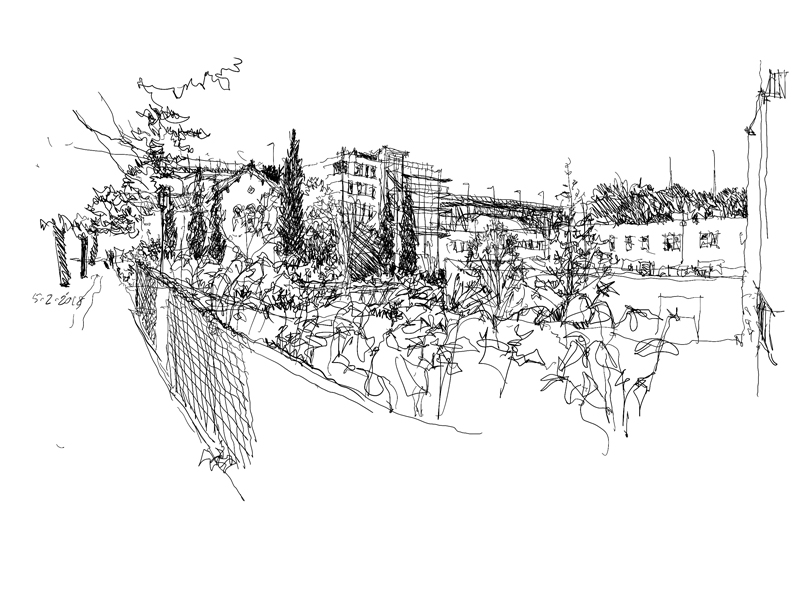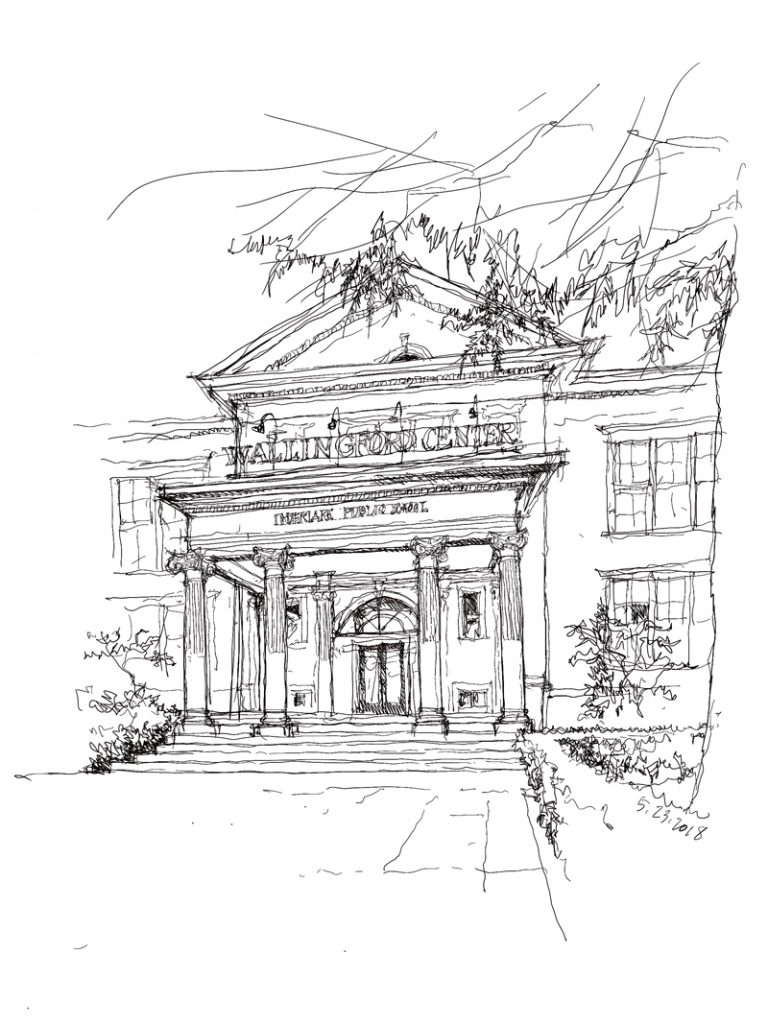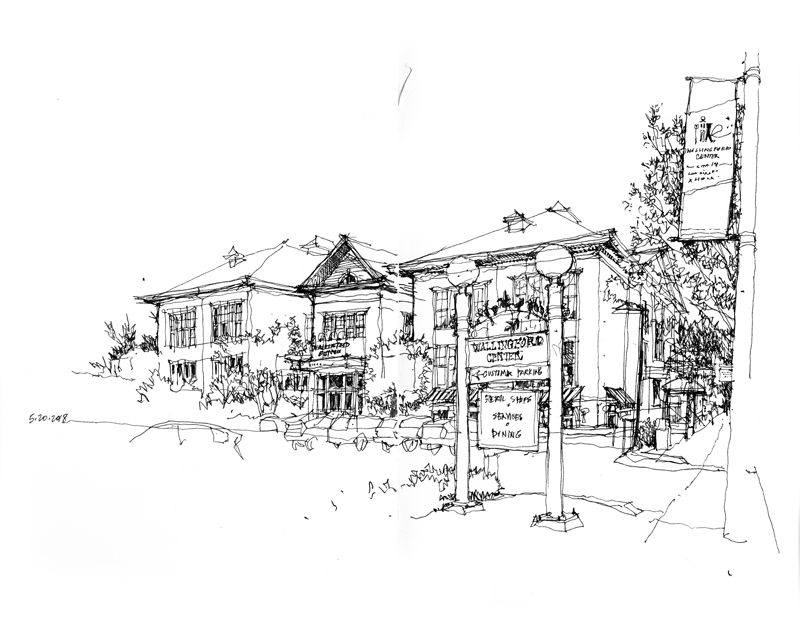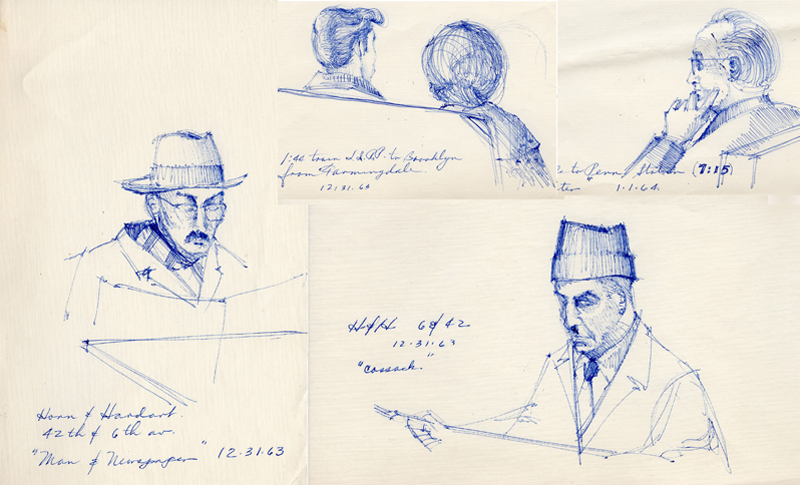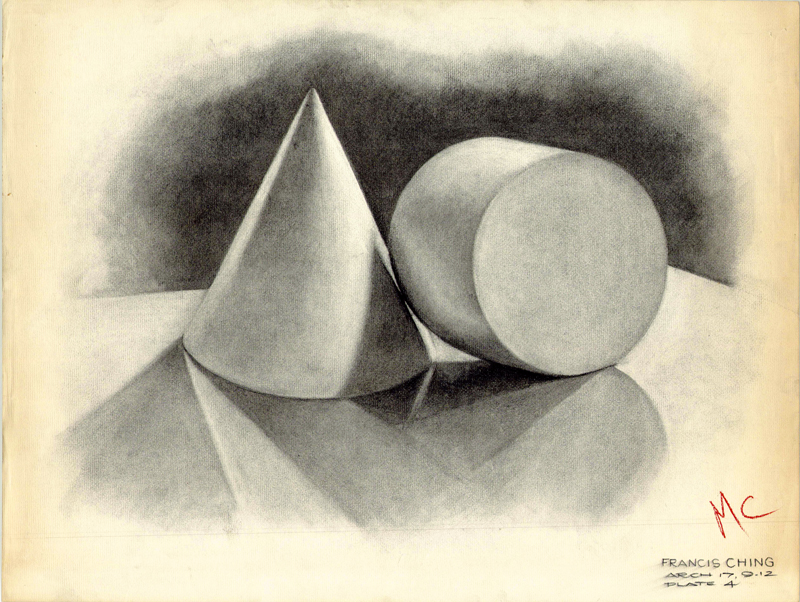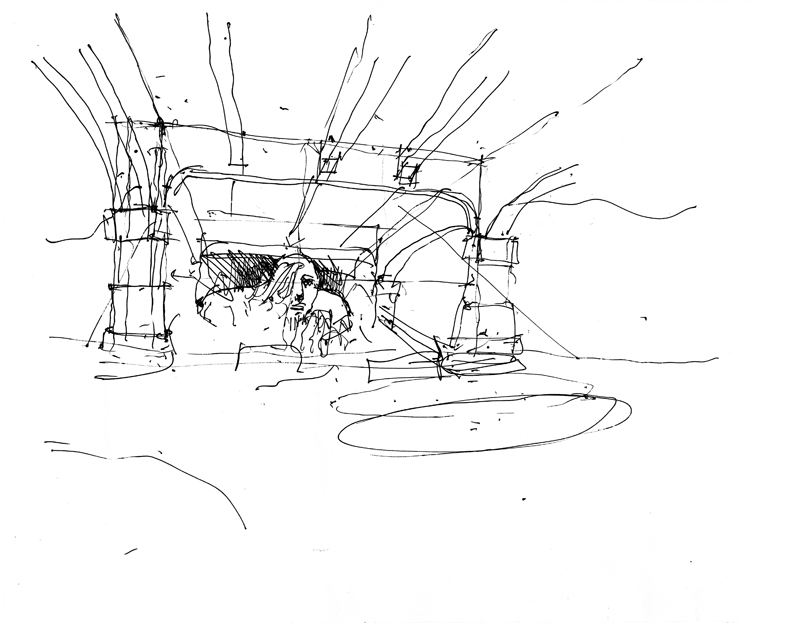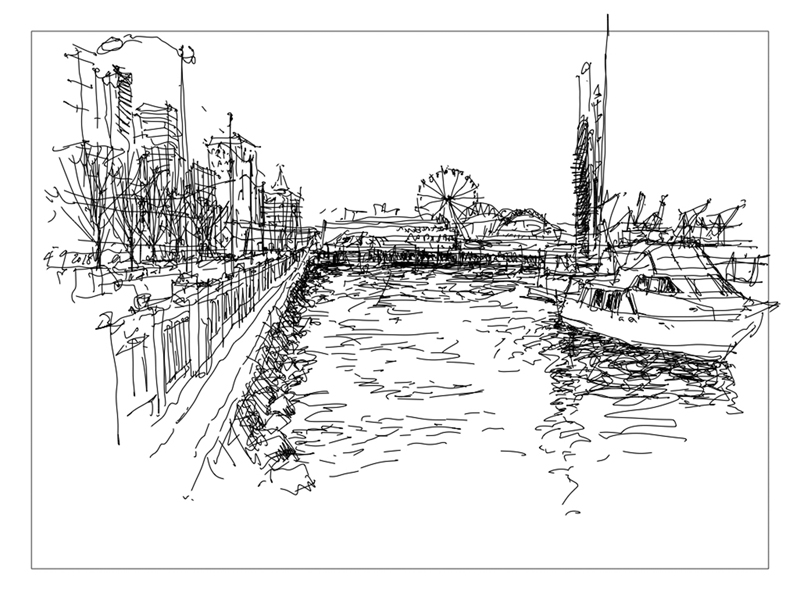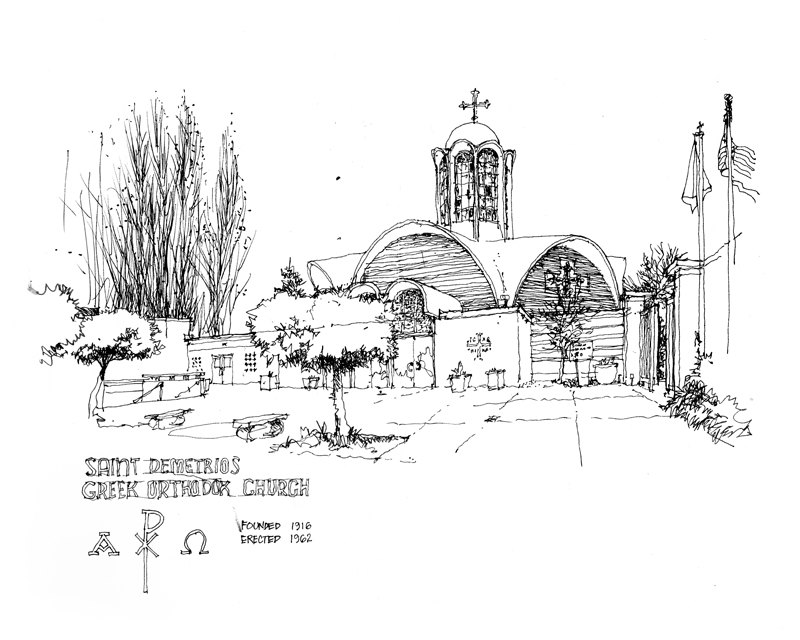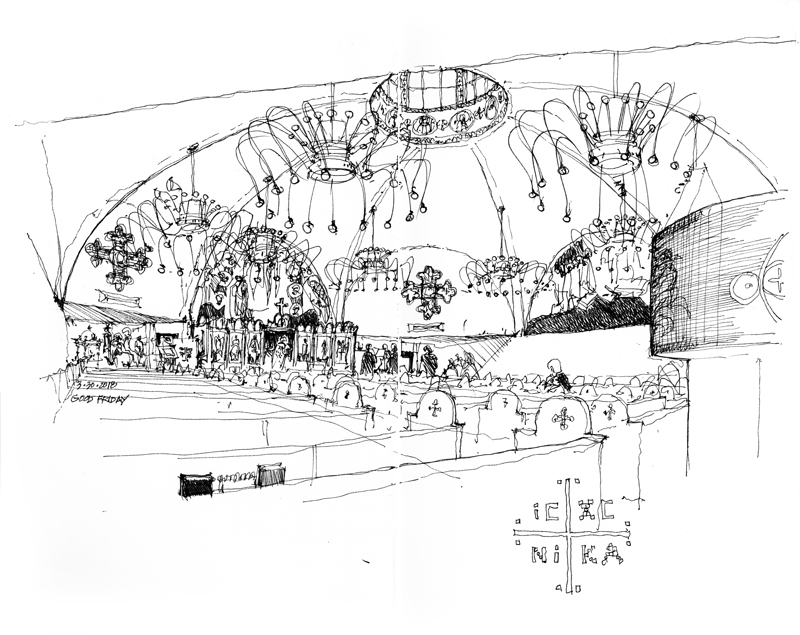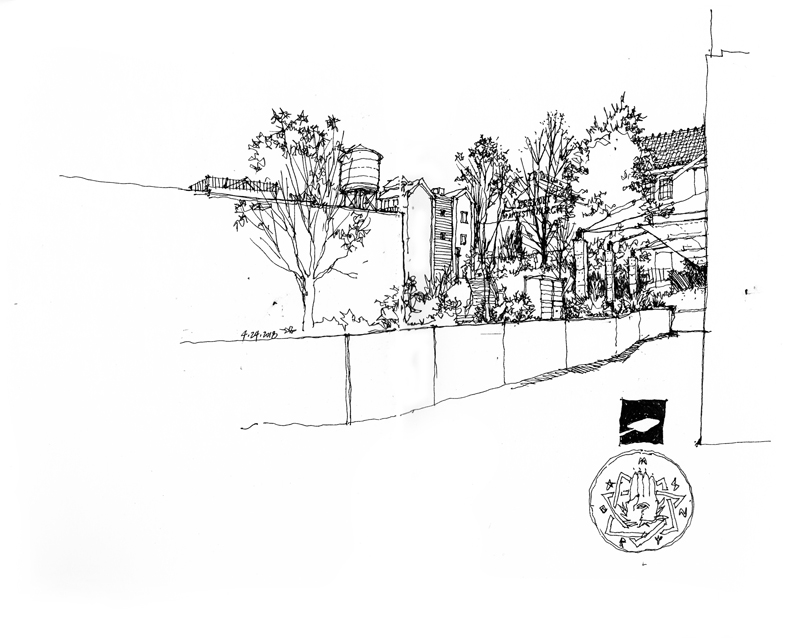 What in plan appears to be a logical mid-block pathway is often not so evident when seen at street level, especially when the pathway involves changes in direction and elevation amid a lot of vegetation. Here is a view of a pedestrian pathway that connects North 34th and North 35th Streets, drawn while sitting at The Masonry, sipping a beer, and looking north up toward A.B. Ernst Park.
What in plan appears to be a logical mid-block pathway is often not so evident when seen at street level, especially when the pathway involves changes in direction and elevation amid a lot of vegetation. Here is a view of a pedestrian pathway that connects North 34th and North 35th Streets, drawn while sitting at The Masonry, sipping a beer, and looking north up toward A.B. Ernst Park.
The second view (and video) is from where an addition to A.B. Ernst Park is to be developed, looking down toward 34th Street, from where the first view was drawn.

